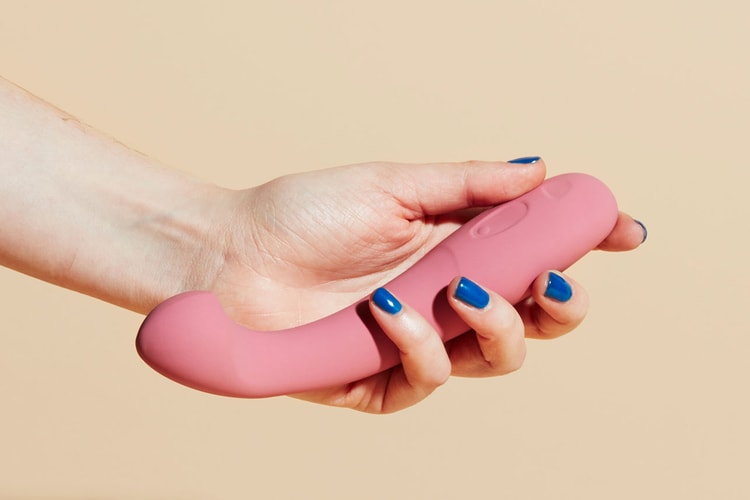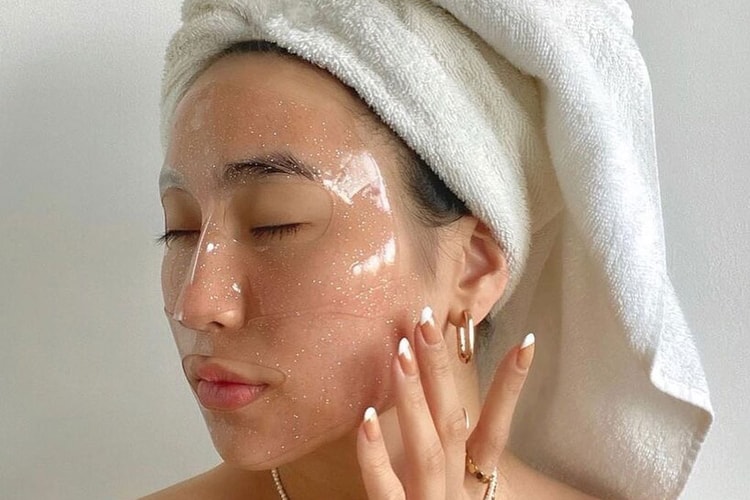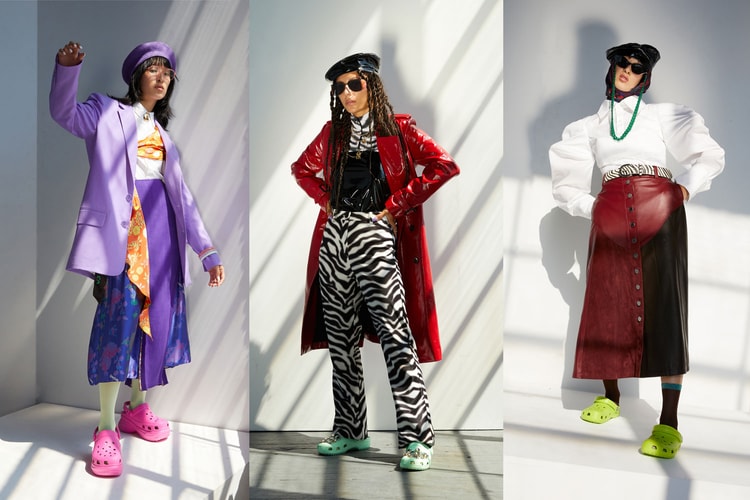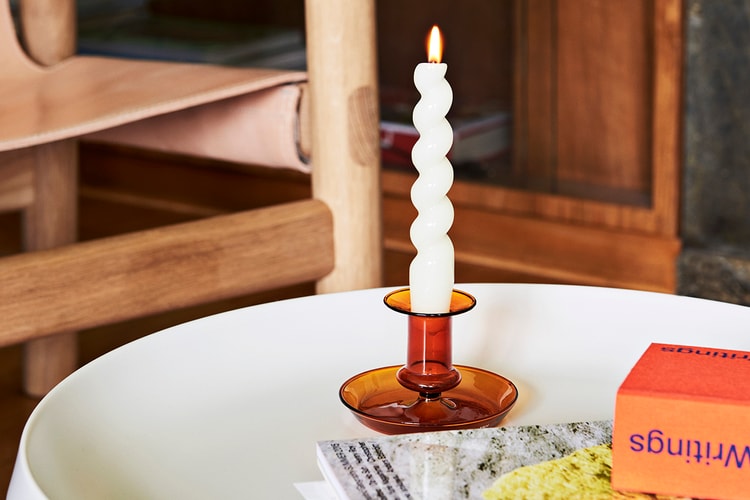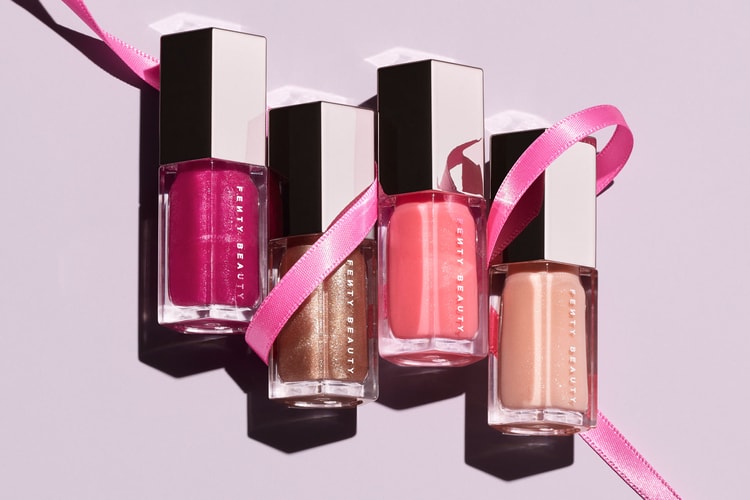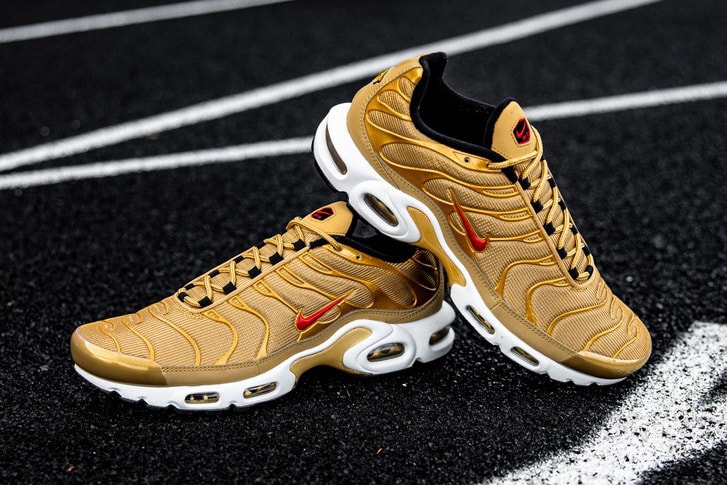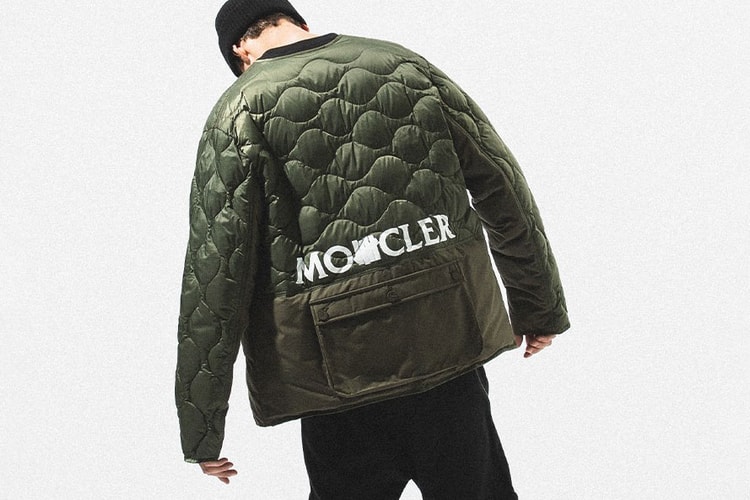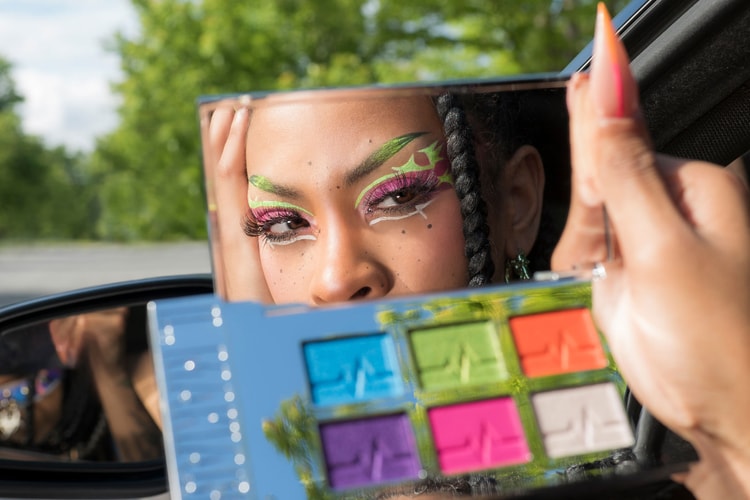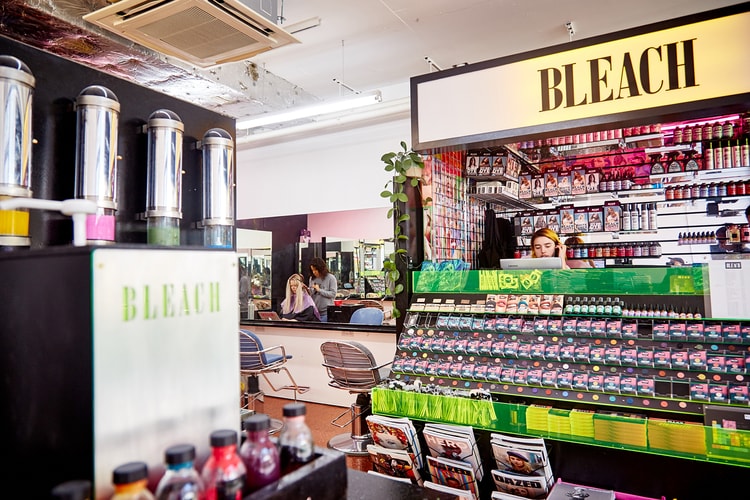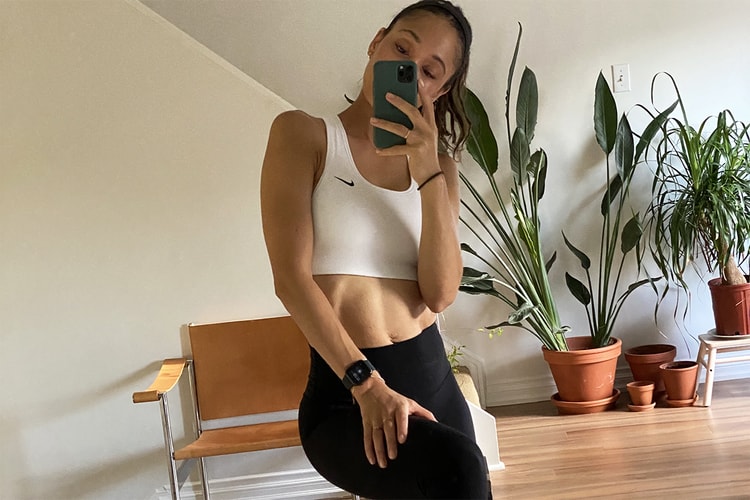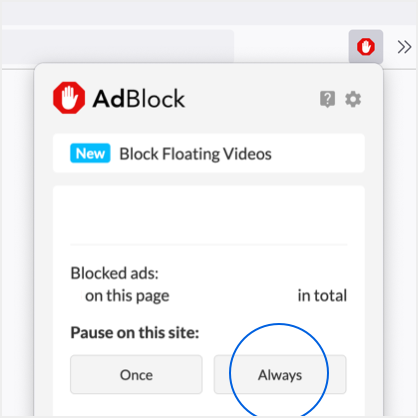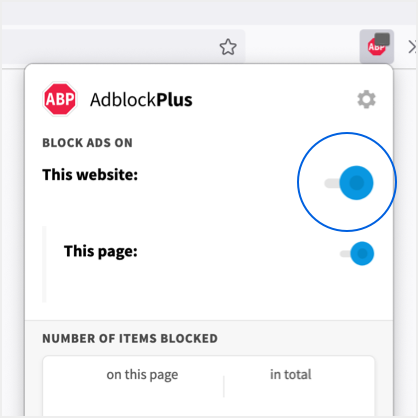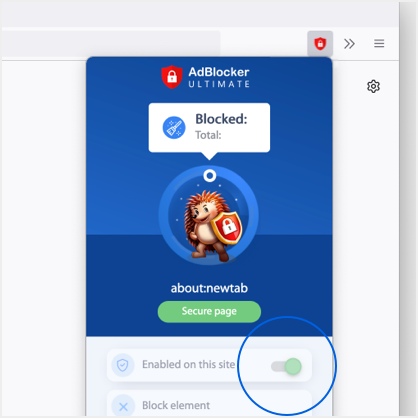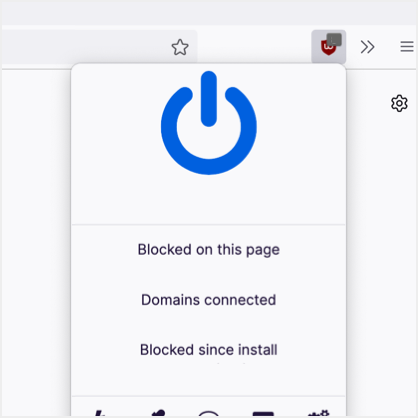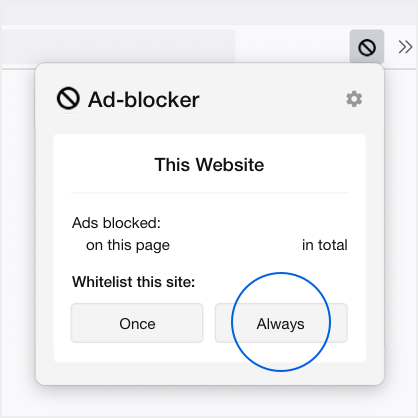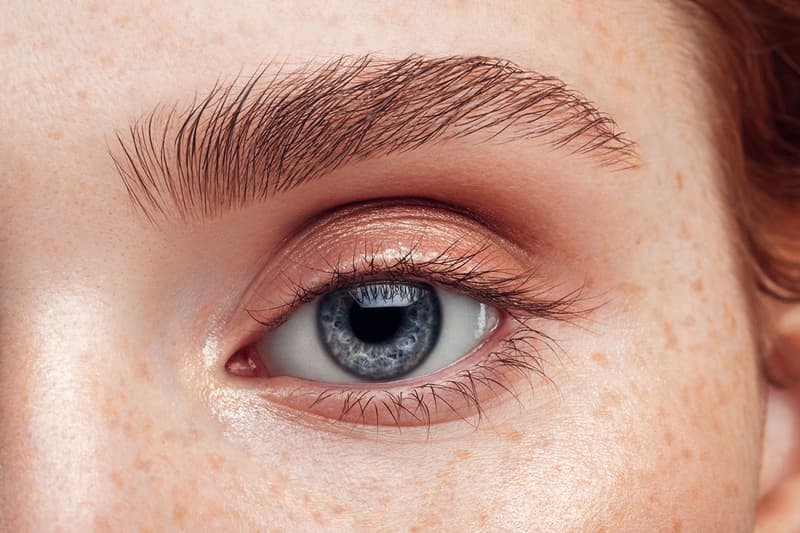
Here's Everything You Need To Know About Brow Lamination
Move over, microblading.
Gone are the days when we used to rely only on pomades and brow pencils to complete our eyebrow looks. From microblading and threading, to tinting and feathering, there are many semi-permanent solutions out there for anyone who’s so totally over filling and shaping their brows in the morning. Brow lamination, the latest eyebrow treatment trend, claims to help you achieve your biggest, bushiest, most Instagram-worthy brows yet.
Originating in Russia and currently all the rage in the UK, brow lamination offers the lasting illusion of fullness and growth. The process involves chemically straightening your brow hairs and resetting them so they all stand in the desired direction. It’s basically semi-permanent boy brow, the antithesis of the perfectly sculpted HD brows — equally as bold, but feathery, natural and easier to maintain.
From how it works to how long it lasts, here’s everything you need to know before booking your first brow lamination appointment.
What is brow lamination?
Brow lamination is basically a perm for your brows, giving them a uniform shape and setting them in place for a prolonged period of time. “It’s called lamination because the brows are being sealed and you get that glossy, almost patent finish,” says Lucy Hart, a brow technician and makeup artist based in Manchester, England, who recently trained in brow lamination to meet demand from her clients.
“Immediately after the treatment, your brows will look thicker, fuller, straighter, glossier and more identical,” she says. “The idea is you won’t need to use products to fill them in or shape them any more. Instead, you can just use a spoolie to brush them into place in the morning.”
What does the brow lamination process involve?
The process begins by applying a lifting cream to the brows which “relaxes the bonds in the hairs so they become more malleable and can be moved into any shape,” Lucy explains. “Next, the brows are brushed into their desired shape and the ‘laminating’ solution is left on to set them,” she adds. Cling film is often used at this stage to keep hairs flat while they set.
After this, the brows can be plucked or tinted to improve definition, and finally a nourishing oil blend is applied to hydrate and condition the hairs. Lucy always recommends getting a tint as part of the process, since the chemicals used for the lamination can lighten hairs.
Who can benefit from brow lamination?
Those with thin, sparse eyebrows will benefit from brow lamination, as the treatment lifts and defines each hair, covering sparse areas and creating a thicker, fluffier look. “I personally think that the thinner the brows to begin with, the better the results,” says Lucy.
However, those already with an abundance of hair will see results too: “Because it fixes hair into place, brow lamination makes unruly brows more manageable and cuts out the time and effort needed to groom them into place,” she says. “It also holds them in place with a strength that products like brow gels and pomades can’t deliver.”
What’s the difference between microblading and brow lamination?
Although the end results are incredibly similar (thicker, more defined brows), the processes of microblading and brow lamination are very different. Microblading is essentially semi-permanent tattooing and can be painful, because it works on skin rather than hair. Brow lamination is less invasive.
Additionally, while microblading involves downtime as skin scabs and heals, the aftercare of brow lamination is much more low-maintenance. However, it is important to keep the brows dry and to avoid touching them too much for the first 24 hours after the treatment.
Another major difference? While microblading might set you back £300 GBP (approx. $400 USD), brow lamination is a fraction of the price and typically costs between £30-80 GBP (approx. $40-110 USD). Prices vary depending on where you have the treatment done, and whether it involves extras like tinting or threading.
Why is brow lamination so popular?
Beauty obsessives in the UK, in particular, can’t get enough of brow lamination. According to London-based beauty bookings service Treatwell, searches for the treatment increased by over 450% in 2019 and hit an all-time high in January 2020. “We began seeing bookings really picking up from around September 2019 and phenomenal growth has continued ever since,” said a Treatwell spokesperson. “If you have thin, sparse brows and have been trying to grow them out for years, you’ll understand why it’s so popular.”
“It’s made my brow routine so low-maintenance,” says Alex, one of Lucy’s clients. “I used to use three different brow products every morning to give my brows the definition and volume I’m after, but now I just use the old-fashioned ‘soap and a spoolie’ technique to brush them into place,” she says. “I’ve always had really thin brows, and now that they look bolder and stronger, it has completely changed my face.”
How long does it last?
According to Lucy, “If you’re lucky, your brows will maintain their new shape and fluffiness for up to eight weeks.” However, you might notice them becoming less malleable after around six weeks. “When you pick up on the effects starting to wear off, tinting your brows can give a bit more longevity and make them appear fresh again,” she says.
How often can I get my brows laminated?
As amazing as brow lamination sounds, it is not without its drawbacks and should not be overdone. Lucy recommends always leaving at least eight weeks between treatments and keeping on top of brow care with oils or a brow serum in the meantime. “Just as chemically processing the hair on your head too often can cause dryness and breakage, the same applies to your brow hairs,” she points out. “Because the process involves breaking the bonds in your hair, it is essentially causing some damage.”
Grace Day is a full-time beauty editor based in Manchester, UK. Her first job, as a beauty advisor in department stores, was where her love of beauty began — and where she discovered the importance of a good concealer. She loves the science of skincare and counts herself as the resident skincare advisor among friends. You can find Grace on Instagram and her blog.






